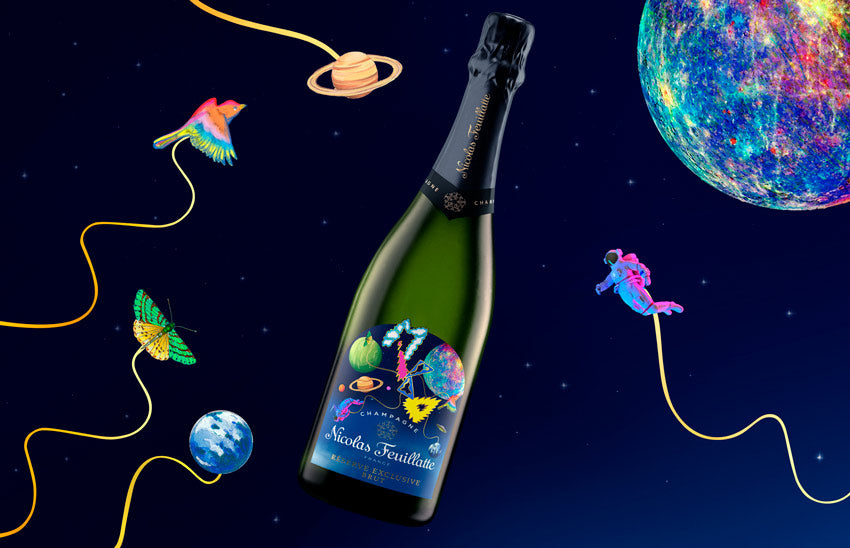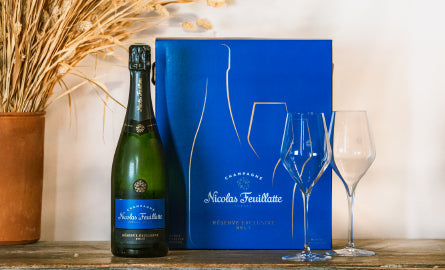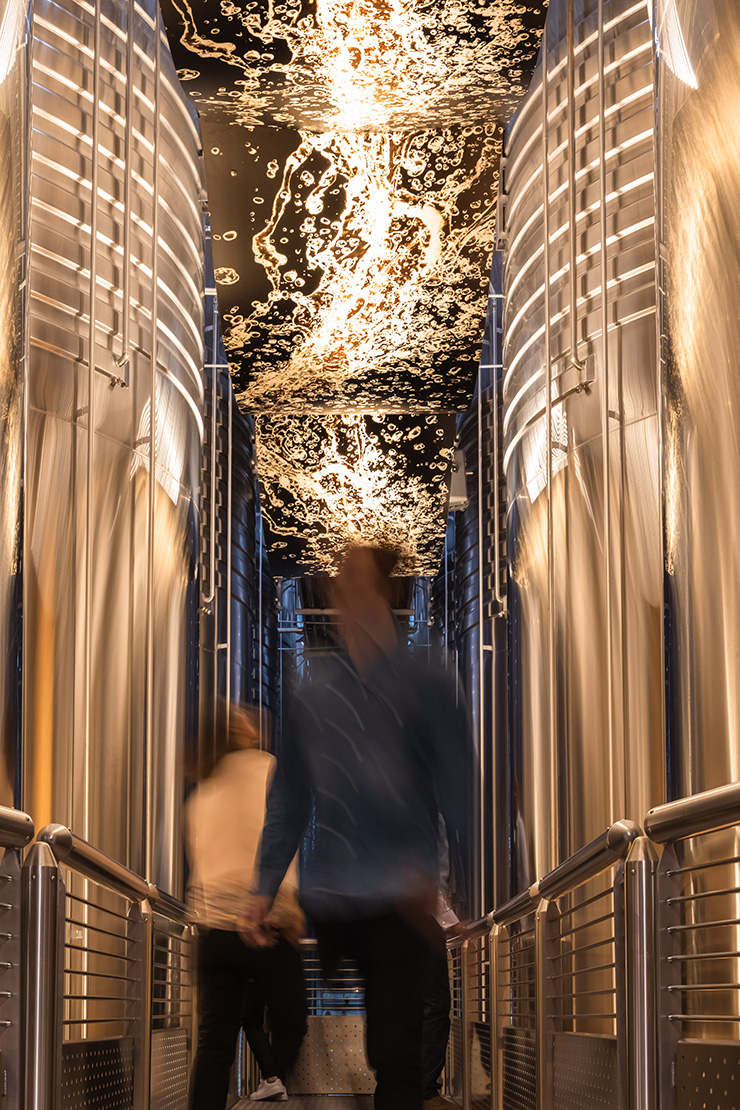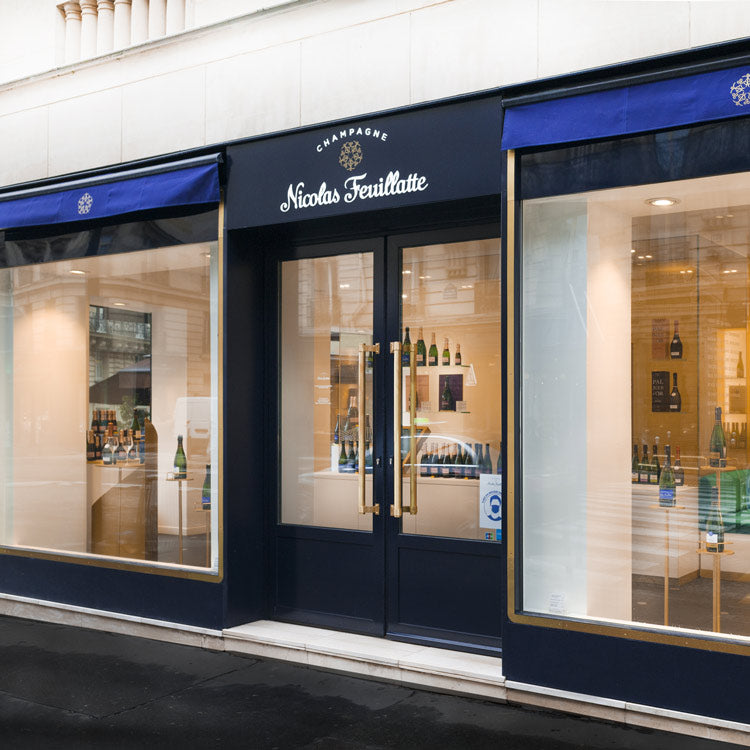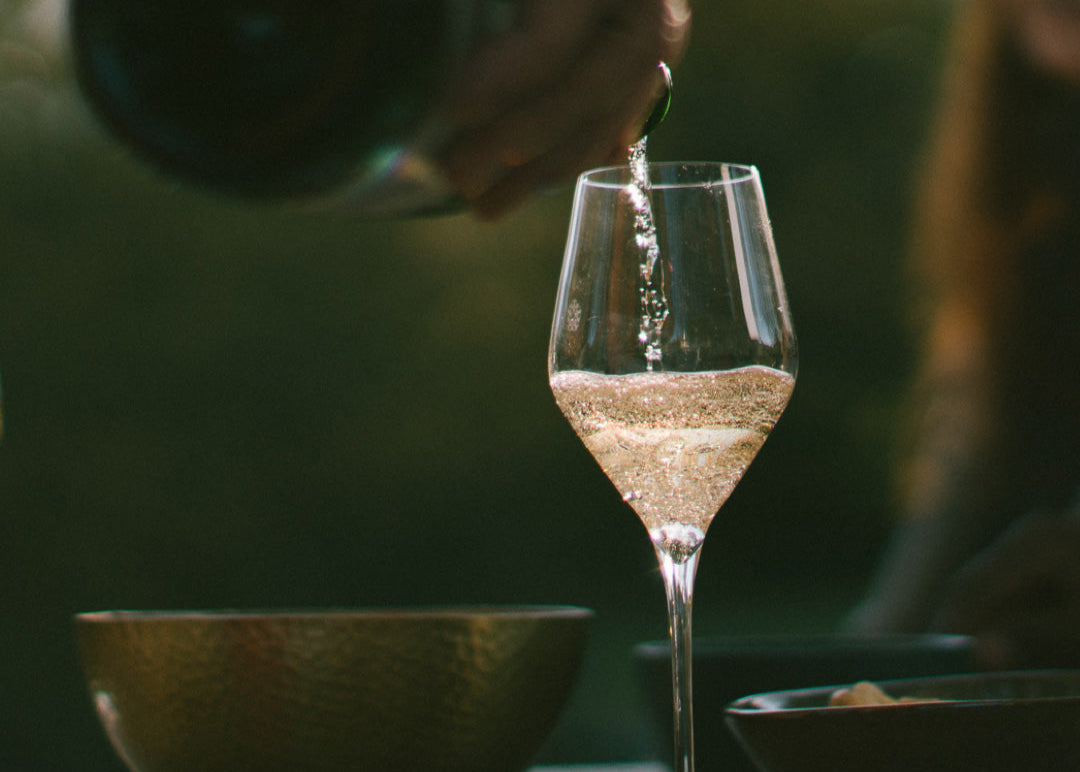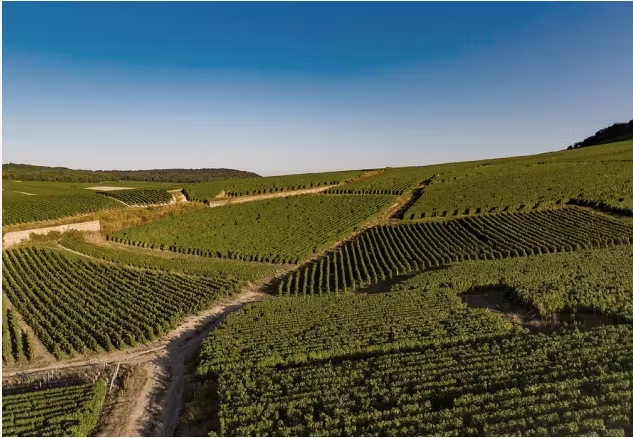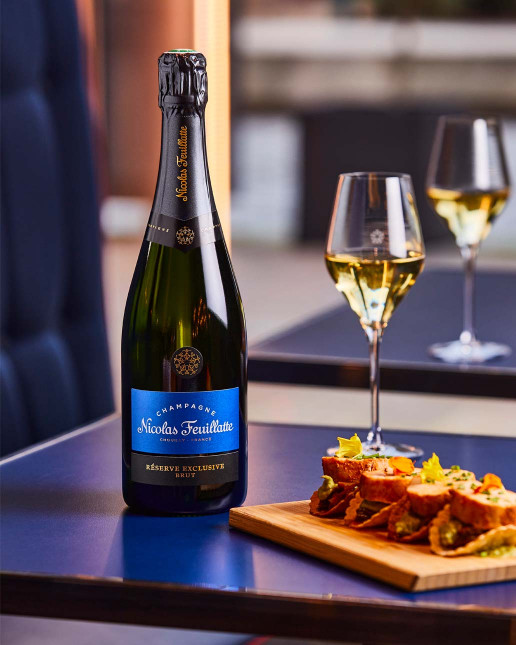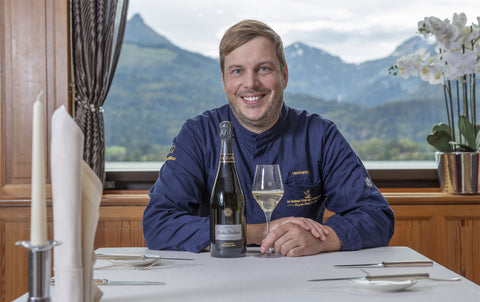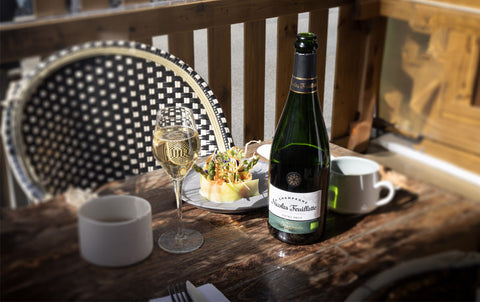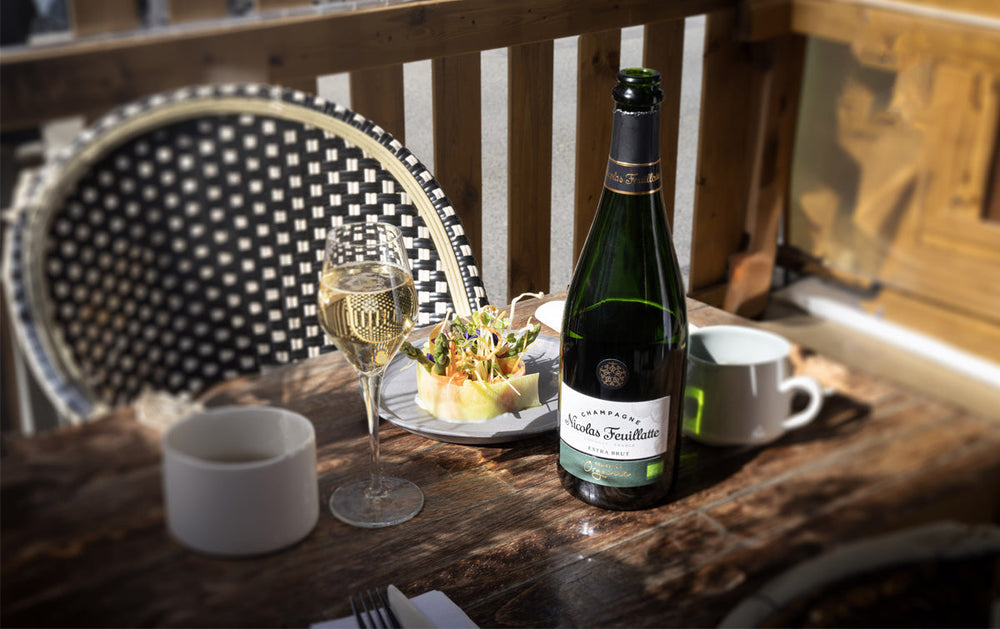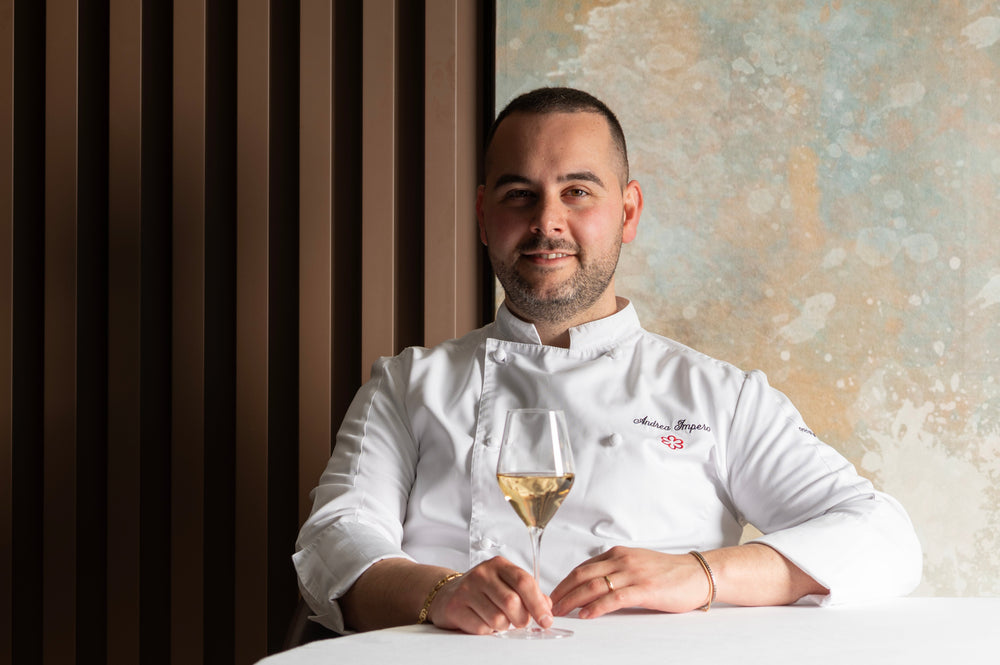From starters to desserts, discover our suggestions for pairing with Brut Champagne.
What to serve with Brut Champagne? This question has been asked by many gourmets.
Not everyone has the expertise of a sommelier, and a few tips are often necessary for a perfect pairing. From starters to desserts, find in these few lines the suggestions of Maison Nicolas Feuillatte, for perfectly successful pairings with the cuvée. Réserve Exclusive Brut . While its fine bubbles can get along with a wide range of dishes, some combinations have already proven themselves and will help you avoid making risky choices.
Enjoy an aperitif or starter with brut champagne
Brut Champagnes are often associated with the first bites of a meal. In fact, Brut champagne is the most served to start a dinner. While this may be a bit of a narrow view, it must be said that the freshness of these wines pairs well with aperitifs or light starters.
Salty products blend perfectly with Brut Champagnes. This is the most obvious combination, one that covers a wide range of dishes: oysters, sushi and sashimi, fish tartare... The lively side of Brut Champagne advantageously reveals the unique flavors of the sea. It also pairs very well for shellfish, such as crab or shrimp.
Another favorite: pairing foie gras with Brut Champagne. Even today, foie gras is often served with sweet and liqueur wines. Sauternes, Monbazillac, Gewurztraminer… the vineyards of the Southwest and those of Alsace have regularly won the favor of sommeliers. However, tastes are evolving and the sugar content of these great wines can distort the taste value of a foie gras. Serving a Brut Champagne or Extra-Brut is a great alternative.

What dish to eat with Brut Champagne?
It is important to distinguish between the Vintage Brut Champagnes from those that are not. As a reminder, the difference is observed in the blend of harvests used in the production of the cuvée. While a Vintage Champagne is the fruit of a single exceptional year, non-Vintage Champagnes result from a blend of the most memorable previous productions. It is often said that non-Vintage Champagnes are the hallmark of the Grandes Maisons Champagnes.
Concretely: it is quite easy to pair a non-vintage Brut Champagne with poultry or white meat. We are thinking, for example, of mini chicken skewers or marinated poultry wraps. They are also suitable for salmon -based dishes .
Vintage Bruts, on the other hand, bring a superior complexity. They are a great pairing for more elaborate meat dishes, such as lamb or beef. You can therefore surprise your guests by offering Champagne with red meat. Once the surprise has worn off, they will enjoy the aromatic palette of the Grand Cru. One rule, however: always start by serving the youngest bottles and finish with the oldest. As they age, their character becomes more pronounced. Keep this in mind to avoid surprising your guests' palates.

Cheese, desserts and brut champagne
This is a recent trend: pairing Brut Champagne with cheese. While switching from red wine to white has become common practice for accompanying a platter, the idea remains surprising for Champagne. However, there are some proven pairings: Brie de Meaux, Chaource, Brillat-Savarin or Camembert with Brut Champagnes; a high-end Comté or an AOC cheese Beaufort for Vintage Brut Champagnes.
Regarding dessert, the choice between Brut and Demi-Sec remains a recurring question. While a Brut Champagne can be suitable for lighter desserts, it's better to opt for a Demi-Sec Champagne in most cases. Otherwise, there's a high risk of revealing excessive bitterness that could spoil the end of the meal.


